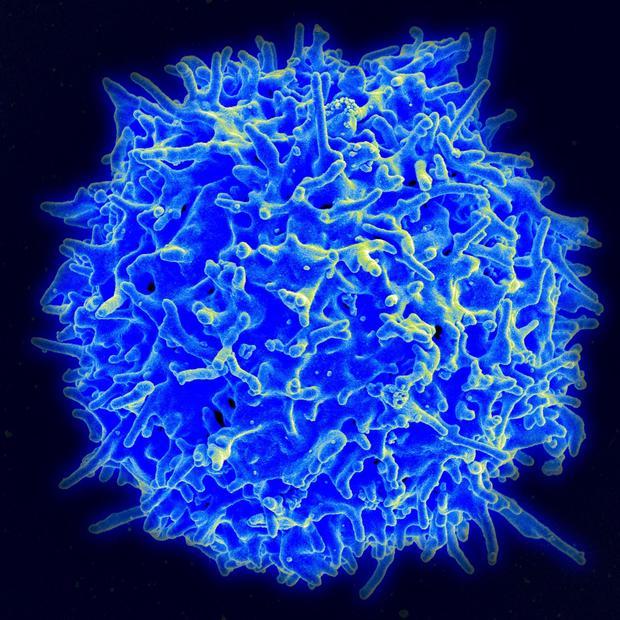
Abstract
It has been posited SARS-CoV-2 contains at least one unique superantigen-like motif not found in any other SARS or endemic coronaviruses. Superantigens are potent antigens that can send the immune system into overdrive. SARS-CoV-2 causes many of the biological and clinical consequences of a superantigen, and, in the context of reinfection and waning immunity, it is important to better understand the impact of a widely circulating, airborne pathogen that may be a superantigen, superantigen-like or trigger a superantigenic host response. Urgent research is needed to better understand the long-term risks being taken by governments whose policies enable widespread transmission of a potential superantigenic pathogen, and to more clearly define the vaccination and public health policies needed to protect against the consequences of repeat exposure to the pathogen.
1. What Is a Superantigen?
The term superantigen was coined in 1989 [1] and defined proteins that hyper-stimulate T cells via the crosslinking of T cell receptors (TCR) with MHC Class II molecules. The definition was expanded following the discovery of B cell superantigens [2], which hyper-stimulate a large population of B cells without the crosslink. A superantigen is commonly defined as a molecule that has antigen-receptor mediated interactions with over 5% of the lymphocyte pool [3].Put simply, superantigens are potent antigens that can send the immune system into overdrive and stimulate up to 30% of the naive T cell pool [4,5]. Reactions between superantigens and T cells may lead to a number of outcomes, including anergy, inflammation, cytotoxicity, deletion of T-cells and autoimmunity [6,7,8]. Superantigens have also been shown to impair post-vaccination memory cell responses to unrelated antigens and antagonize memory cell activation [9].
The same superantigen can produce a range of host responses. Toxic shock has been shown to develop more severely in individuals who express certain MHC Class II haplotypes which bind specific superantigens, compared with those who expressed haplotypes with lower binding affinity [10]. Responses may also be affected by environmental factors. For example, simultaneous bacterial and viral infections have been shown to increase the effects of superantigens [11]. Superantigens have been shown to impact central nervous system function and are implicated in the development of neurological conditions [12,13,14] and cardiovascular dysfunction [15,16].
Superantigens have diverse interactions with MHC class II and T–cell receptor molecules, involving a number of different interaction surfaces and stoichiometries [17,18,19]. In addition to superantigens, there are superantigen-like proteins that activate lymphocytes using mechanisms that place them outside the superantigen classification [20]. Superantigen-like proteins have been implicated in inducing thrombotic and bleeding complications through platelet activation [21,22].
SARS-CoV-2 causes many of the biological and clinical consequences of a superantigen, and we believe in the context of reinfection and waning immunity, it is important to better understand the impact of a widely circulating, airborne pathogen that may be a superantigen, superantigen-like or trigger a superantigenic host response.
Read more...







